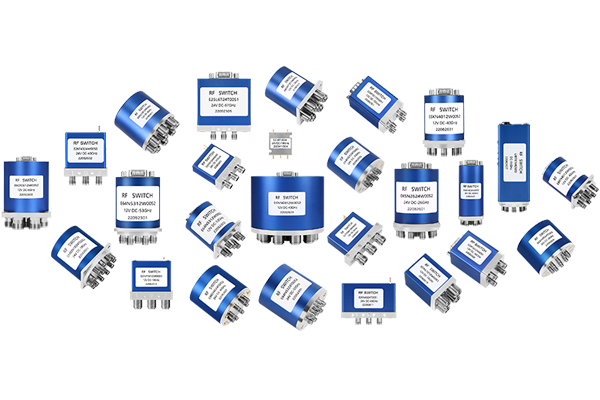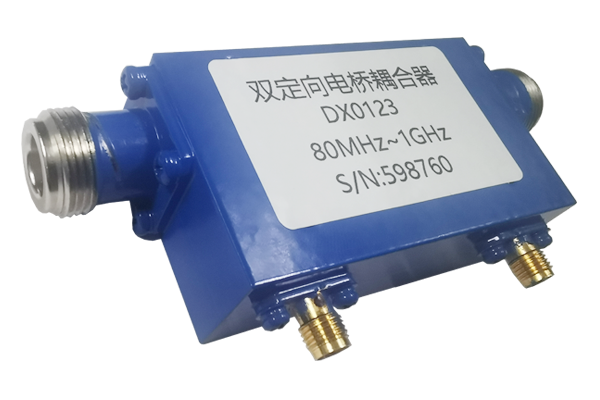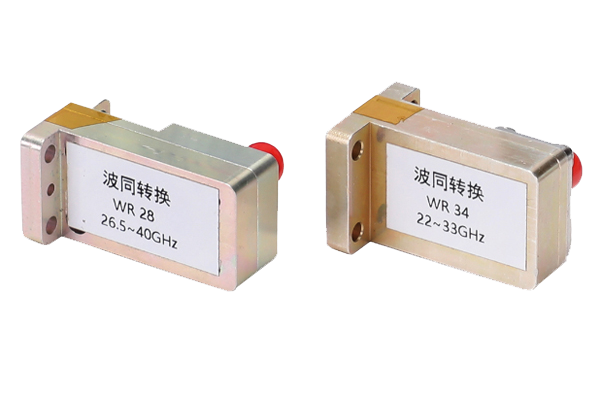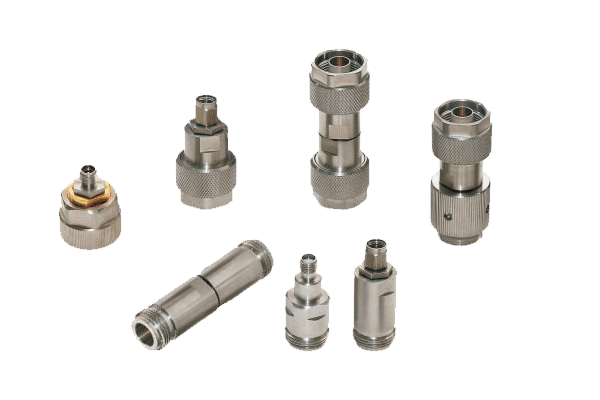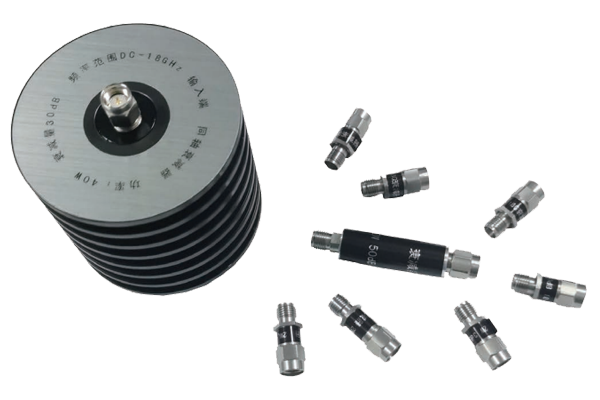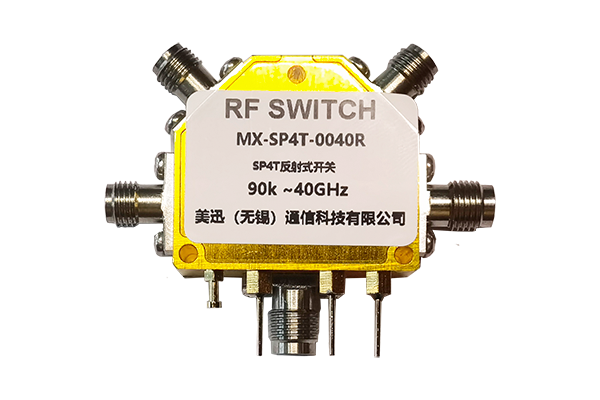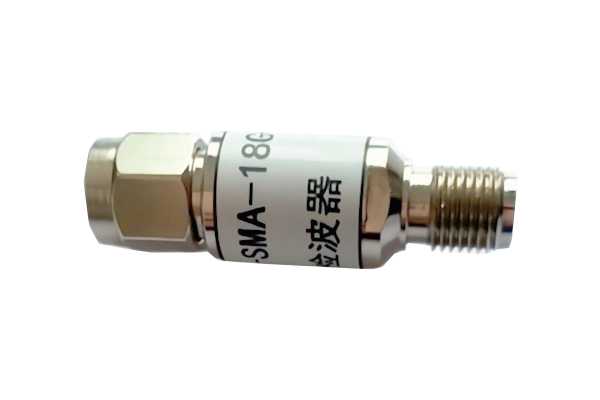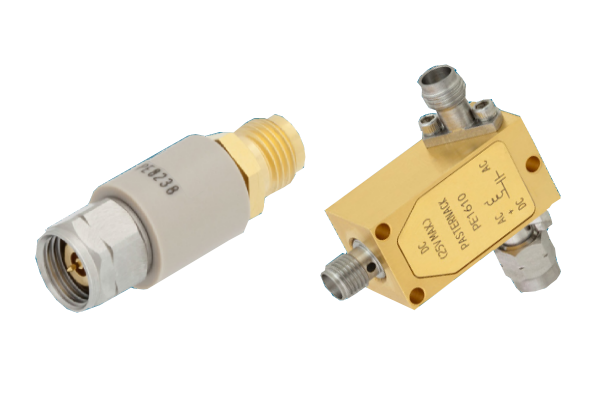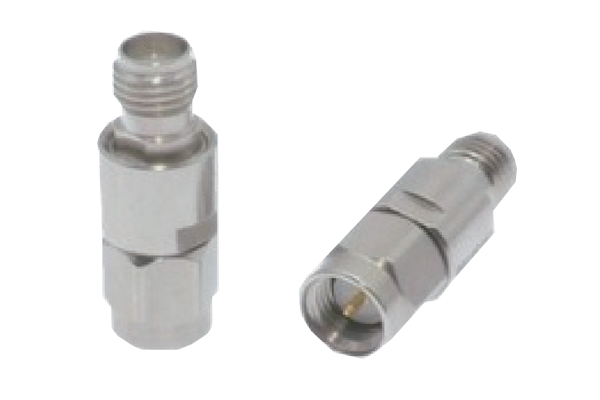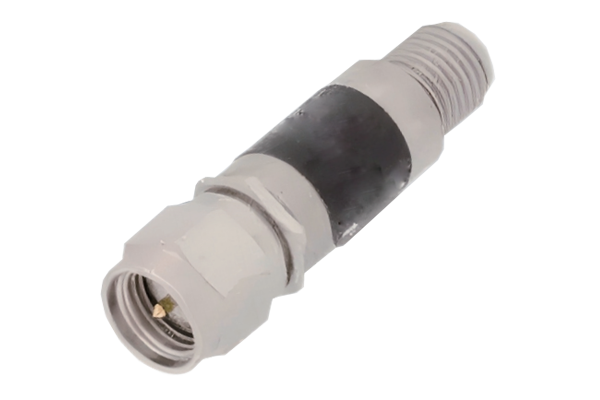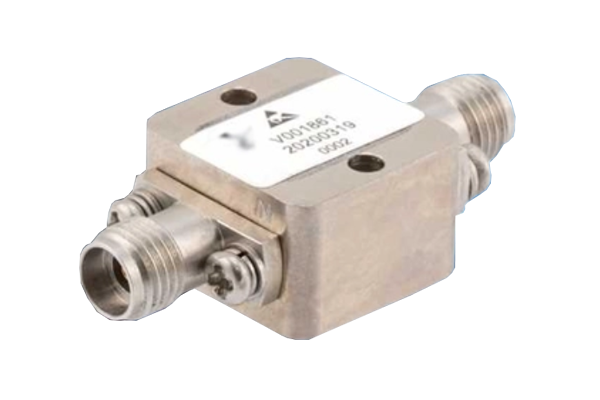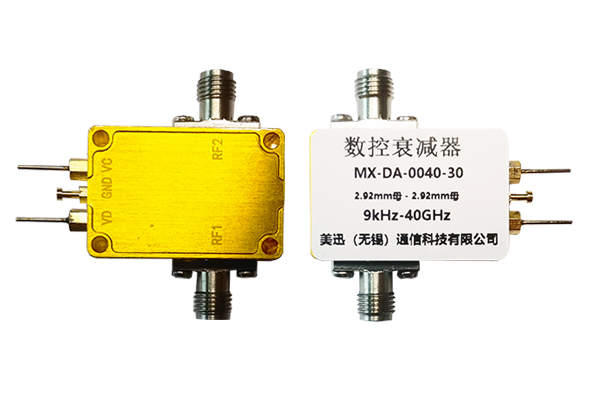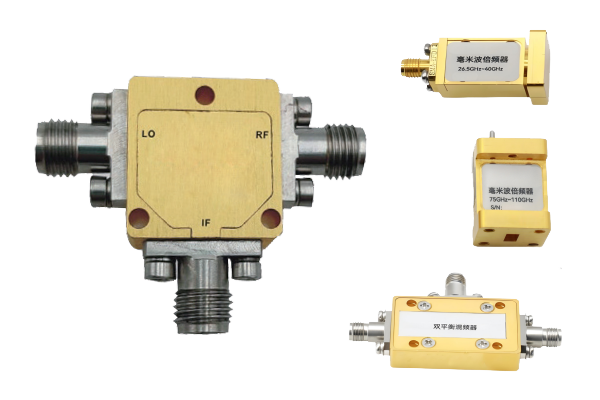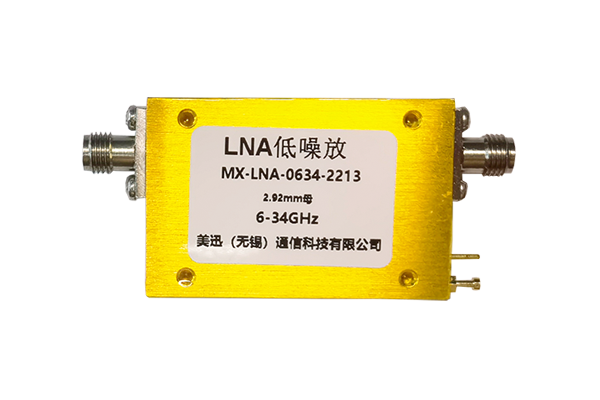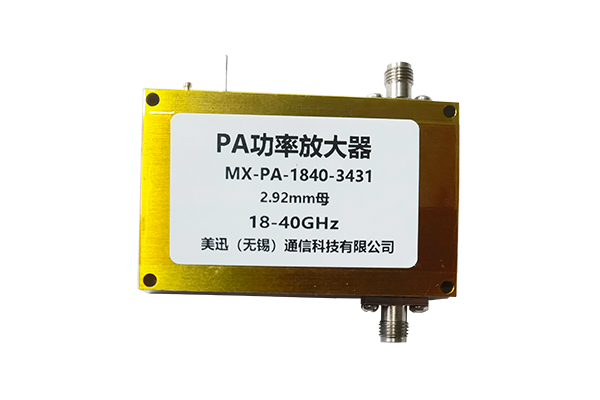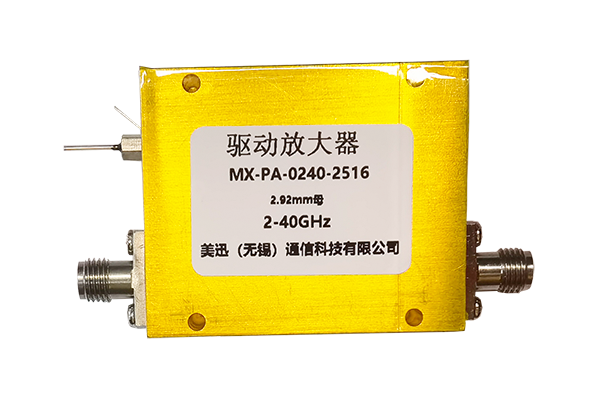Are there any limitations to using coaxial switches in smart grid systems for power control
Limitations of Coaxial Switches in Smart Grid Power Control
Coaxial switches face significant constraints when used for power control in smart grid systems due to fundamental design and operational mismatches with power management requirements.
- Frequency Mismatch: Designed for RF/microwave (MHz-GHz), not 50/60 Hz power systems. Require separate interfaces for actual power control tasks.
- Power Handling: Standard models handle mW-range signals, not kV/kA power lines. High-power variants are costly and impractical for grid-scale deployment.
- Environmental Durability: Vulnerable to temperature extremes, humidity, and vibration. Ruggedized designs increase cost without solving core limitations.
- Cost Inefficiency: 5-10× more expensive than Ethernet switches per unit, with limited utility for actual power control functions.
- Functionality Gap: Lack capabilities for phase balancing, fault detection, or other power-specific operations essential for smart grids.



